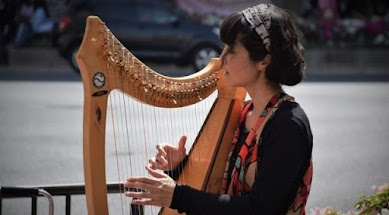The role of Saint Patrick in Christian history
Especially in the history of Ireland and the spread of Christianity across Europe, Saint Patrick is a significant figure in Christian history. Patrick, a Roman Briton who was born in the fourth century, was abducted by Irish pirates and sent to Ireland as a slave. He was held captive for a number of years before he was freed and returned to Britain, where he converted to Christianity.
Patrick returned to Ireland as a missionary in the fifth century after completing his studies to become a priest. He is remembered as the nation's patron saint and is credited with converting most of Ireland to Christianity.
The ministry of Patrick in Ireland was noteworthy for a number of reasons. First of all, he was one of the first missionaries to use Irish as opposed to Latin or other languages to promote the gospel. This made Christianity more approachable and helped Irish people better incorporate it into their culture and traditions.
Second, Patrick approached his ministry with a strong regard for Irish customs and culture. He used many aspects of Irish mythology and folklore as examples of Christian themes and virtues in his lectures. This contributed to the quick spread of Christianity throughout the nation by making Christianity more relevant and sympathetic to the people of Ireland.
Last but not least, Patrick's work in Ireland had a profound effect on the larger Christian community. As the Irish church expanded and evolved, it turned into a hub for Christian learning and research. Irish monks made a vital contribution to the spread of Christianity across Europe and were instrumental in safeguarding and disseminating many of the texts and concepts of classical and early Christian literature.
In conclusion, Saint Patrick had a significant impact on the development of Christianity in Europe, particularly in the history of Ireland. His use of the Irish language, respect for Irish culture and traditions, and influence on Christian education made his ministry stand out. He is honored and revered today as a saint and a representation of Irish culture and identity.







Comments
Post a Comment